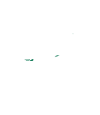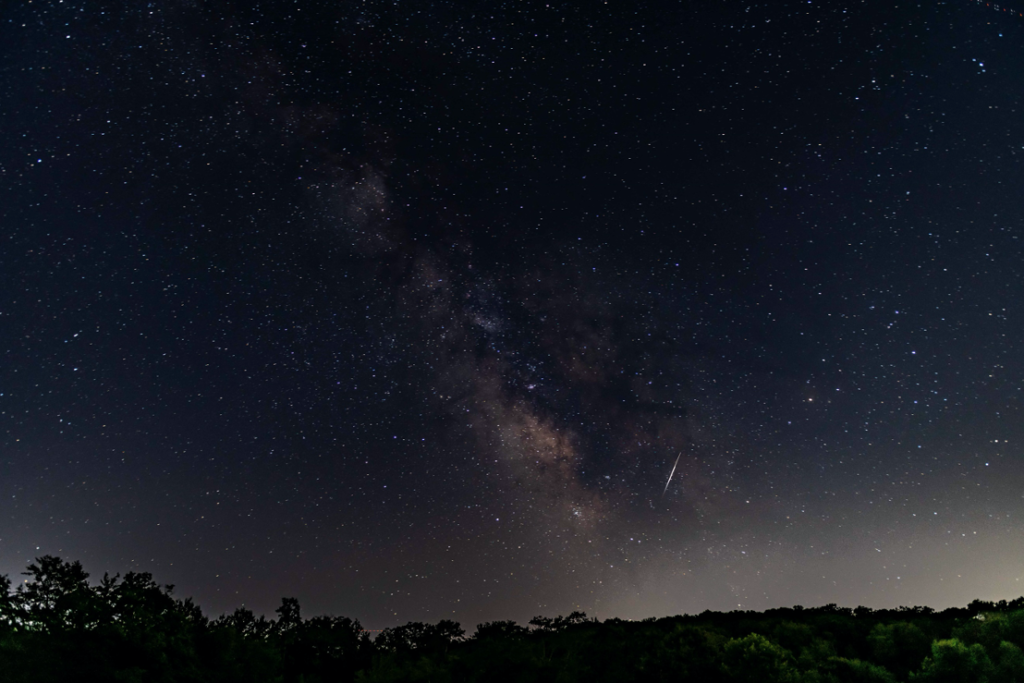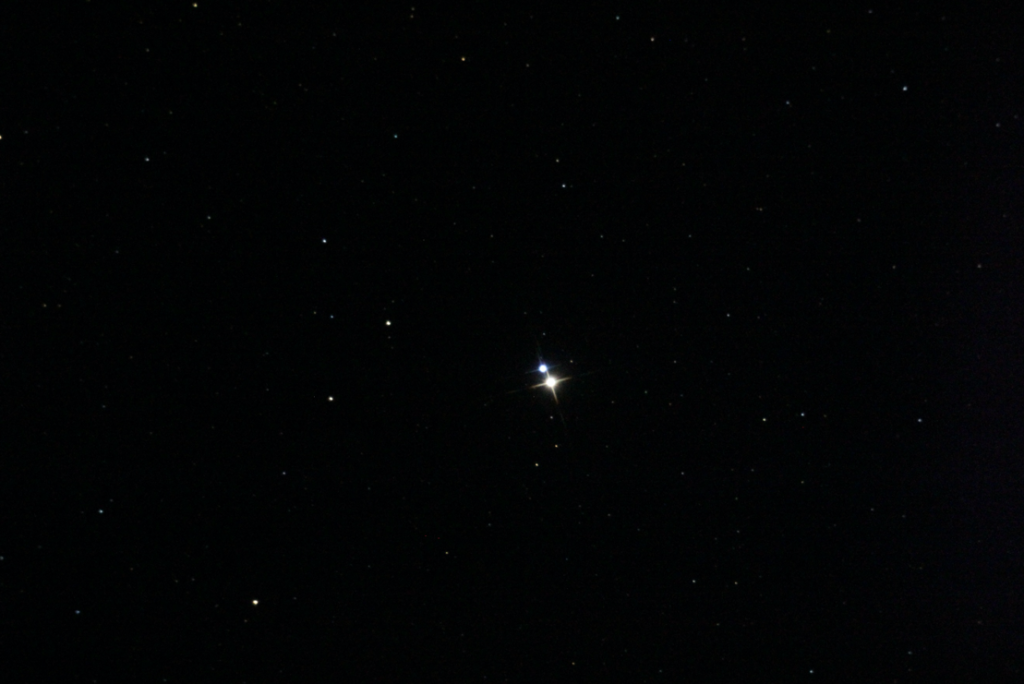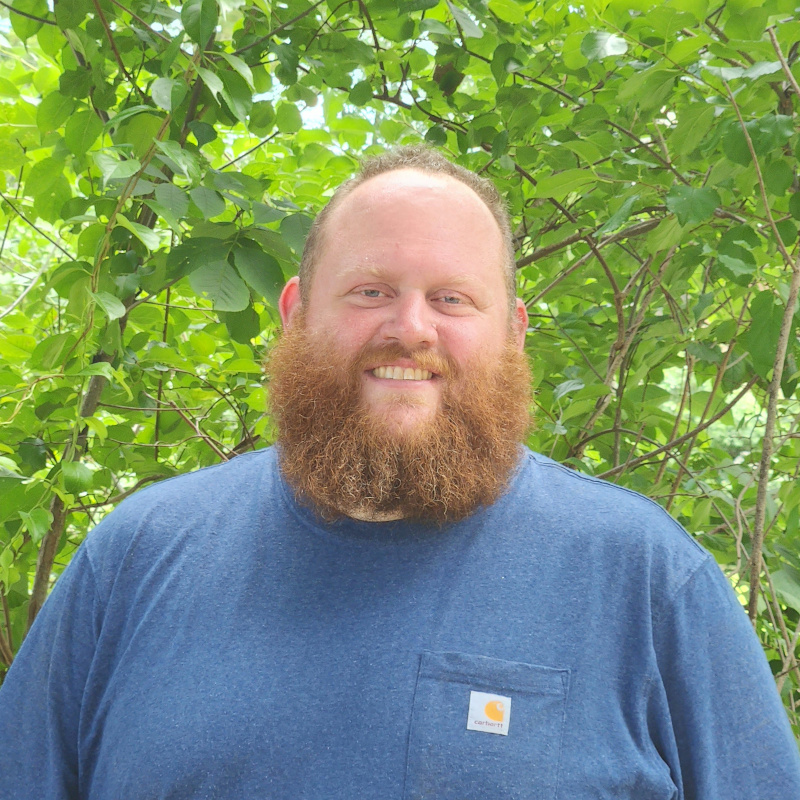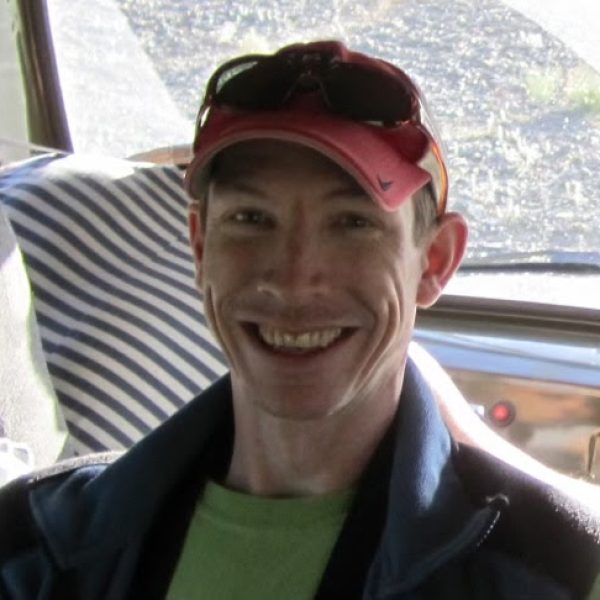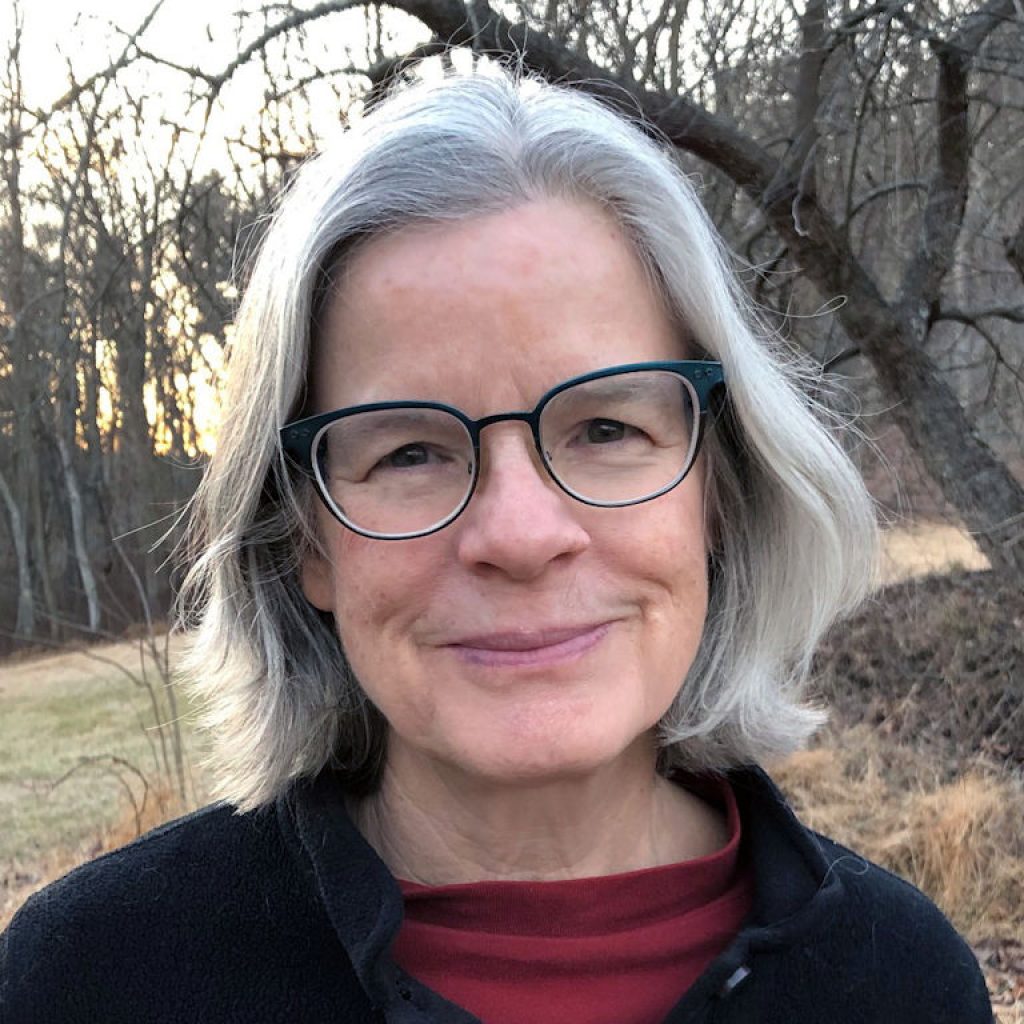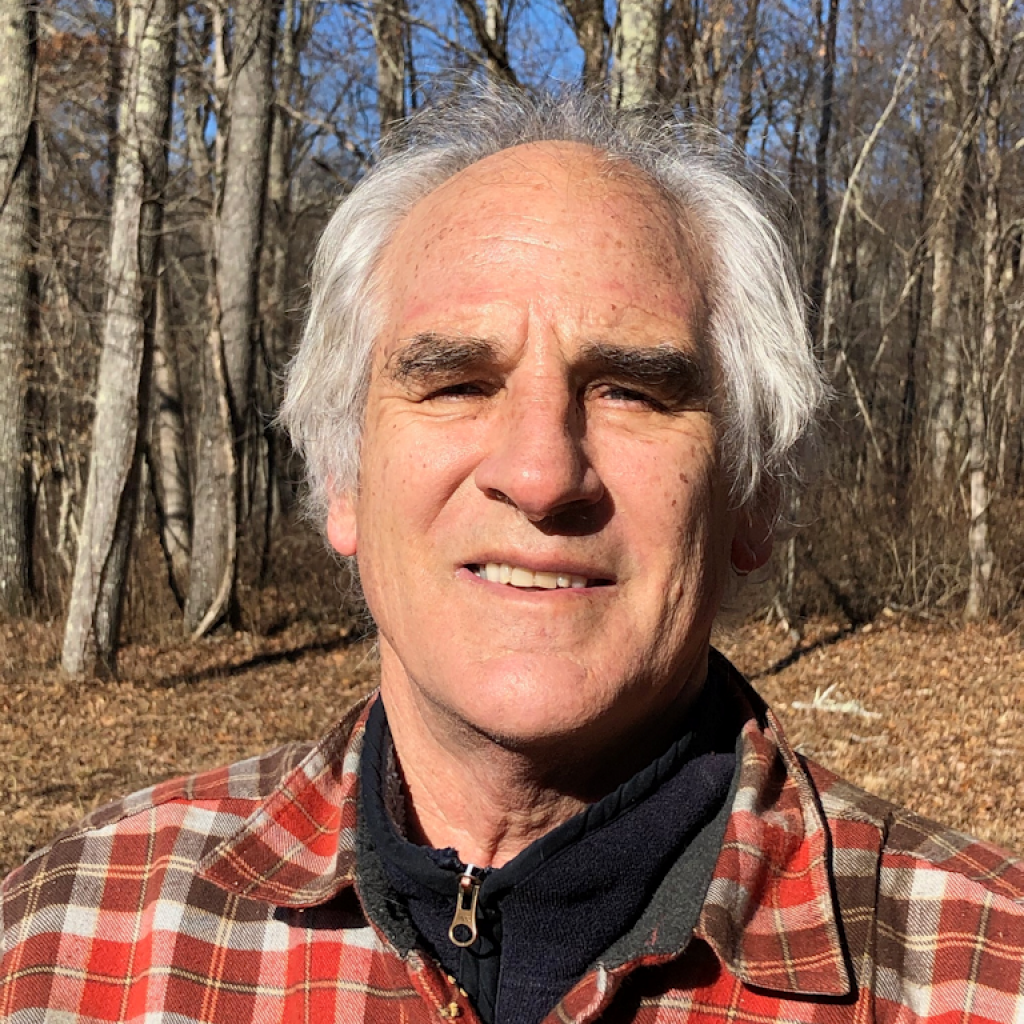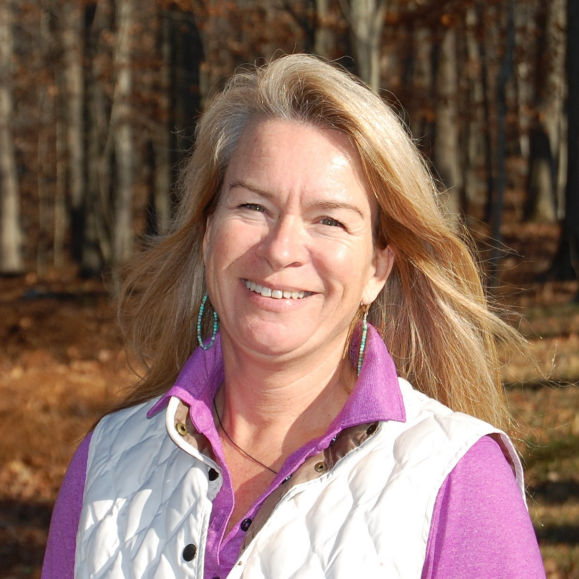by Alan Sheiness
As the setting sun dipped below the horizon on the evening of September 3, the quick cooling gave a hint of the damp night to come. Indeed, our equipment was already showing bits of moisture as the wet air let go of its precious cargo. Unlike previous sessions, the moisture-laden air belied the towns and cities nearby as their unshielded light fixtures reflected against the water vapor in the atmosphere. With this unmistakable glow, we all became aware first-hand of the insidious effects of light pollution.
Despite that, we were ready to observe whatever this evening’s skies were ready to reveal. Early in the evening, we had reviewed what a Dobsonian telescope is all about, and how it differs in form and function from the other telescopes on hand, namely, Schmidt Cassegrain reflectors. We also did a quick review of how to locate the Summer Triangle, Polaris, the Little Dipper, and the handle of the Big Dipper. The bowl of the Big Dipper was below the tree line all night, as it will be for several months to come.
Most striking of the early ‘stars’ to shine in the night sky was the great planet Jupiter and its four brightest moons. Throughout the night we checked back in on Jupiter, and by night’s end it was readily apparent that those little dots of light had actually moved in their orbits around Jupiter. Up and to the right of Jupiter, we also trained our telescopes on Saturn and its glorious rings. The next few months will afford ongoing opportunities to see both of these gas giants all night long.
With the sky darkening more slowly than usual because of the high humidity and resultant glare of city lights, we challenged ourselves to observe the Milky Way. Lyme skies are pretty dark, and it became easier and easier to discern the Milky Way as the dusk turned to night. Even in the poor seeing conditions that night, everyone was able to see the obvious ‘steam rising from the teapot’ of Sagittarius. At the zenith, the Great Rift of the Milky Way was visible to all.
From there, we checked in on the globular cluster M13 in Hercules and the open cluster M25 in Sagittarius. Later in the night, we brought M31, the Andromeda Galaxy, into view in Scott Mallory’s 12” Dobsonian. Despite being almost 3 million light-years away, Andromeda is our home galaxy’s nearest neighbor. It can be observed in binoculars, and on a dark night, it can even be discerned with the naked eye. To learn how to spot Andromeda, we traced out the Great Square of Pegasus, and then learned how the right-hand triangle of the “W” of Cassiopeia points to Andromeda, and how to star hop along the lower left corner of Pegasus’ Great Square to the precise location of that great galaxy.
At the end of the evening, we observed Alberio, the nose of Cygnus the Swan, and we could all see that it is actually a beautiful binary pair of stars of contrasting colors.
The Lyme Land Trust will continue to hold monthly dark sky observing sessions, usually on the Friday night closest to new moon. As always, first-timers without any equipment are welcome to share the evening with us. We also highly encourage those with telescopes to bring them out, even if it has been a while since they were taken through their paces. This way, our debutantes will be able to spread out and share the views from more telescopes. Scott and I will be happy to help with setup if your skills have become rusty.
Our observing site is likely just what you have been hoping for. We have acres of open field, with the east and south tree lines well off in the distance, and Polaris visible above the tree line to the north. And we have two other prepped sites in the same large field to allow a setup that better favors the west or the north, if need be.
Come on out and join us!
Click here to learn more about the Lyme Land Trust Astronomy Program.C
Alan Sheiness is a ten-year resident of Lyme, CT, and treasurer of The Lyme Land Trust. Alan is a life-long astronomy enthusiast and astrophotographer. He is a promoter of dark skies and along with Lyme resident Scott Mallory has established a new astronomy program as part of LLT’s public offerings. You may contact them at alan.sheiness@icloud.com and scott.mallory@gmail.com .
